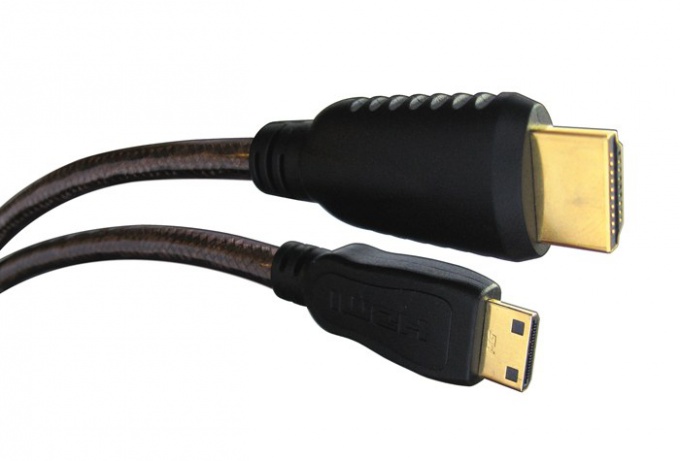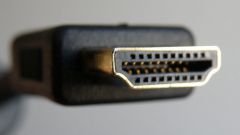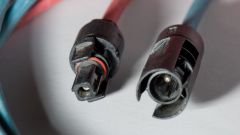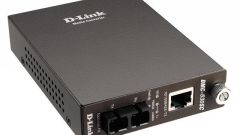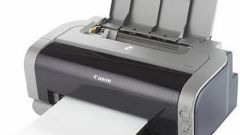Mini HDMI
Today, there are no practical devices that would not have a special HDMI-connector. This cable has gained huge demand in the growing market volume of various TV sets and other video equipment, which allows the owner to view the image in digital format (high resolution and color depth). As for the cable mini HDMI, connector and cable, several times smaller than standard cable, which meets the modern requirements of miniaturization.
Essentially, the difference between the standard HDMI and mini HDMI cable and connector is directly in size. Version mini HDMI, official name of which is HDMI Type D has dimensions of 6.4 x 2.8 mm, Type A, in turn, has the dimensions 13.9 x 4,45 mm. with regard to the functionality and efficiency of cable mini HDMI, it is absolutely no different from the original cable. A reduced copy has the same 19 pins. So it turns out that the size of the cable, the image quality is supplied through this cable did not change and certainly, not getting worse.
Applications mini HDMI
Most often, the cable and connector mini HDMI is used for a variety of mobile devices, the dimensions of which simply do not allow to install standard connector (especially on such devices it would not be appropriate.) It can be used for: mobile phones, tablets, laptops, various video players, camcorders and cameras. It should be noted that some modern devices display the image on the screen (like video cards) also have a mini HDMI connector. Primarily, this is due to the fact that on the back of the cards is not enough space for a standard HDMI connector as standard it uses 2 universal outputs DVI-I. It therefore applies a reduced copy of the digital cable. Functionality and image quality in this case are in second place.
Mini HDMI, as well as a standard HDMI cable consists of the following elements: outer sheath that protects the wires inside the shielding shell, a screen of aluminium foil, which protects the cable from various electromagnetic impact polypropylene shell, and inside are shielded twisted pair category five unshielded twisted pairs, individual conductors for supplying power and various signals.
